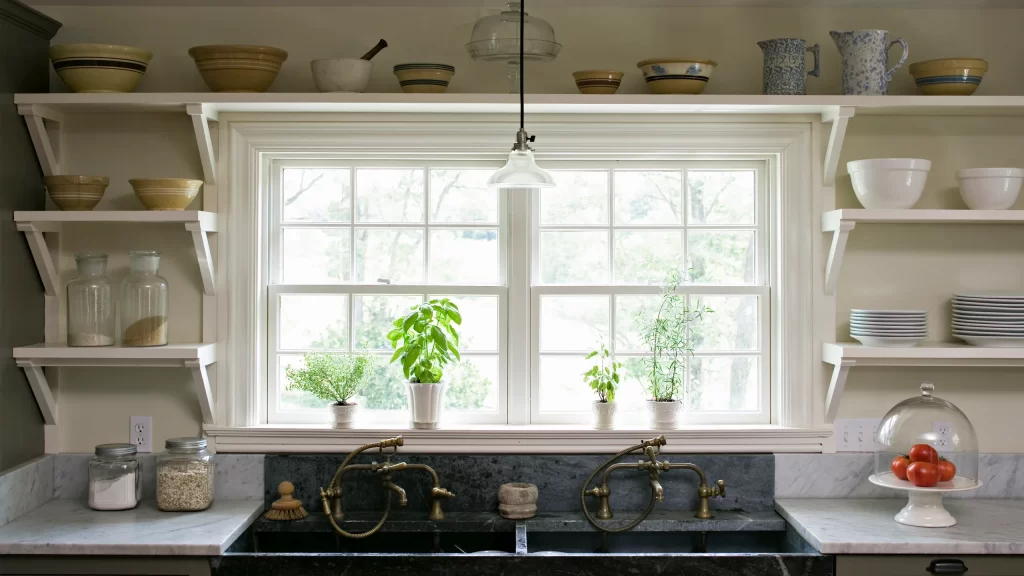In the realm of architecture, where every line, curve, and corner holds the potential for beauty and elegance, it is often the subtle details that make the most profound impact. Enter the architrave, a seemingly modest architectural element that possesses the power to transform spaces into realms of sophistication and refinement. Derived from the Greek words arch meaning chief or principal, and trabe meaning beam, the architrave historically served as the principal beam resting atop the columns in classical architecture. Over time, its significance expanded beyond mere structural support, evolving into a canvas for artistic expression and architectural embellishment. In contemporary design, the architrave remains a cherished feature, revered for its ability to bestow spaces with a sense of grandeur and finesse. Its presence, whether meticulously carved from stone or elegantly molded from wood, serves as a testament to the craftsmanship and attention to detail of the architect and builder.

One cannot overlook the impact of the architrave on the facade of a building. Adorning the entrance with intricately designed architraves can elevate the entire structure, setting the tone for what lies beyond. Whether adorned with classical motifs or sleek modern lines, the architrave communicates a message of refinement and discernment to all who pass through its threshold. Within interior spaces, the architrave continues to play a pivotal role in defining the character of a room. From the grandeur of a stately home’s formal dining room to the intimacy of a cozy reading nook, the architrave serves as a unifying element, seamlessly tying together walls, ceilings, and doorways with its exquisite detailing. Consider the impact of a meticulously crafted architrave surrounding a doorway. Its intricate patterns and delicate curves draw the eye, inviting exploration and admiration. Whether fashioned from rich mahogany, gleaming marble or pristine plaster, the architrave serves as a testament to the homeowner’s commitment to quality and refinement.
In spaces where functionality meets aesthetics, such as kitchens and bathrooms, the architrave offers a unique opportunity for creative expression. Picture a kitchen adorned with a delicately carved wooden architrave framing the entrance to a sunlit breakfast nook, or a luxurious bathroom featuring a marble architrave surrounding a deep soaking tub. In these spaces, the architrave becomes more than a decorative element—it becomes a focal point, architrave commanding attention and imbuing the room with an air of sophistication. Indeed, the architrave is more than just a structural necessity—it is a symbol of craftsmanship, elegance, and timeless beauty. Whether gracing the facade of a grand estate or adorning the interior of a cozy cottage, the architrave has the power to elevate any space, transforming it into a realm of sophistication and refinement. So let us embrace the architrave, allowing its exquisite detailing to inspire and enhance our surroundings, one space at a time.